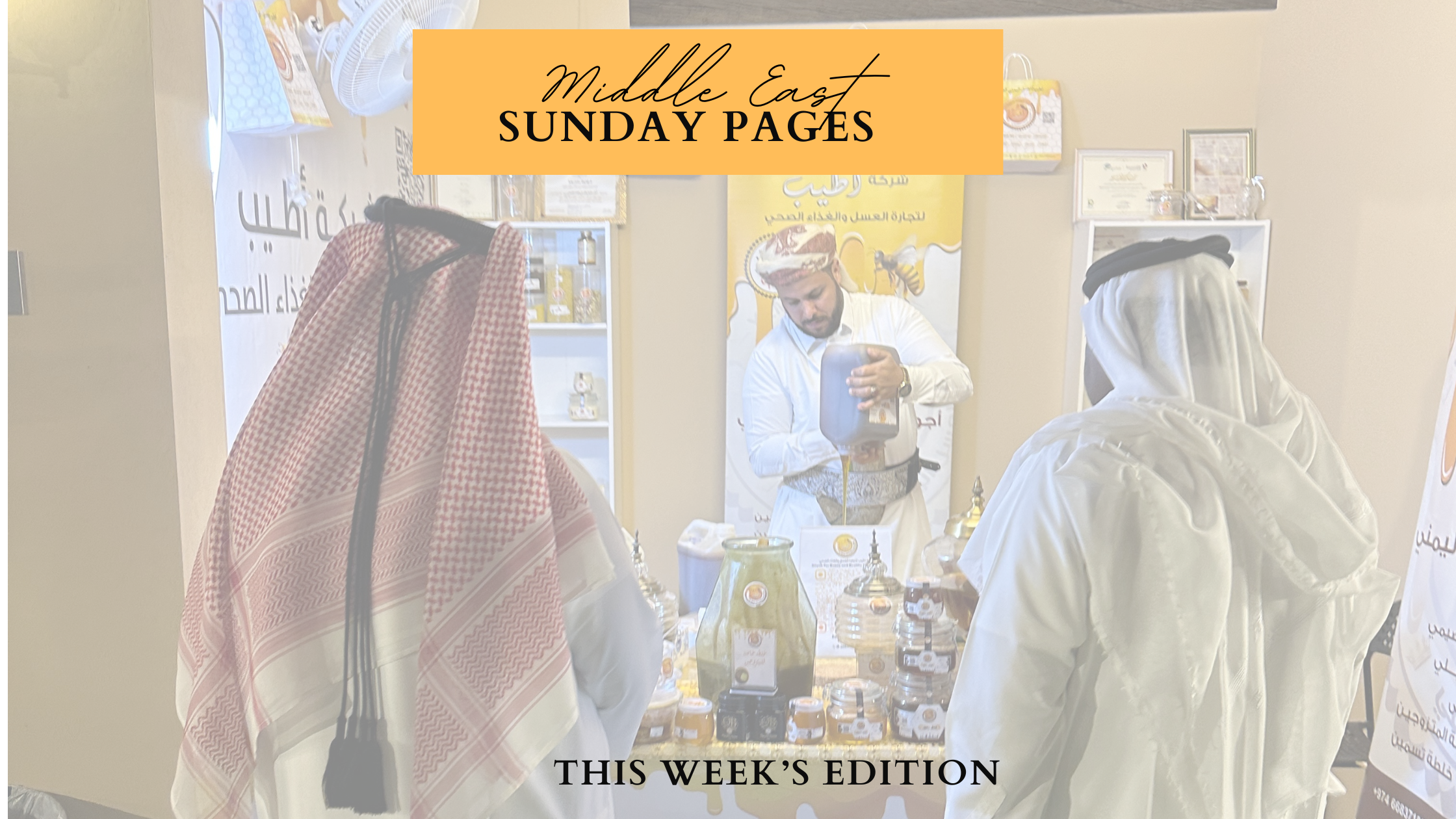
The Liquid Gold of the Gulf: Honey
The first time I watched an Emirati dip his bread in a golden pool of mountain honey at dawn, I understood why they say honey is a healing miracle. The sun was coming out over the Hajar Mountains in Hatta, UAE, and the honey caught the light like liquid amber. “This,” he told me with a knowing smile, “is the taste of our ancestors.”
In the Gulf countries, honey is not just a sweetener – it is liquid gold, a symbol of hospitality, and a connection to an ancient way of life that still thrives in the modern world. From the mountain valleys of Oman to the busy streets of Doha, honey holds a special place in both culture and commerce that might surprise many Westerners.
And I for one have bought so many local jars that it has become a joke in my family that every time I return from the Gulf, the one thing that is guaranteed is that I bring some local honey.
The Mountain Magic of Hatta
Nestled in the Hajar Mountains, just an 90 minutes drive from Dubai’s gleaming skyscrapers, Hatta feels like stepping into another world. Here, local beekeepers continue traditions passed down through generations, producing some of the most sought-after honey in the region.
The secret lies in the Sidr trees that dot the mountainous landscape. These ancient trees, mentioned in religious texts, produce nectar that results in a rich, dark honey prized for its medicinal properties. Local beekeepers will tell you that a spoonful of Sidr honey is worth its weight in gold – and they’re not far off, with prices reaching up to $200 per kilogram.
Walking through Hatta’s honey farms, you’ll find traditional cylindrical bee homes made from dried palm fronds alongside modern hives. This blend of old and new perfectly captures the Gulf’s approach to honey production: respecting tradition while embracing innovation.
It is a great activity for families too as the kids (and adults too) can learn all about honey! We visited the Honeybee Garden in Hatta where you can also get a tour and try various honey in a tasting which was absolutely fantastic.
The Doha Honey Festival: A Sweet Celebration
If Hatta shows you honey’s traditional roots, the Doha Honey Festival reveals its modern face. Held annually in Qatar, this festival has grown from a small local gathering to an international event that attracts producers and enthusiasts from across the globe. And it is incredible.
Picture this: Hundreds of stalls lined with jars of every imaginable shade of gold, from pale yellow to deep amber – and you get to taste them all, if you have the time. The air fills with the buzz of conversation in multiple languages as visitors sample varieties from different regions. You might taste honey infused with saffron (a local favourite), or try the rare white honey from Yemen’s Sidr trees.
What makes the festival special isn’t just the honey – it’s the stories. Each beekeeper has tales to tell: of dawn harvests in remote mountain valleys, of ancient family recipes, of the delicate dance between bee and flower in harsh desert conditions. These stories remind us that every jar of honey is a small miracle of nature and human dedication. This was one of the highlights of our Qatar trip.
Saudi Arabia’s Honey Heritage
Saudi Arabia takes its honey seriously – very seriously. The country is home to some of the world’s most diverse honey varieties, thanks to its varied landscapes and climate zones. From the mountains of Taif to the valleys of Asir, each region produces honey with distinct characteristics and flavours.
The Al-Baha region, known as the “Pearl of Resorts” in Saudi Arabia, is particularly famous for its honey production. Here, beekeepers practice a unique form of migratory beekeeping, moving their hives according to flowering seasons. This traditional practice results in different honey varieties throughout the year, each with its own loyal following.
One of the most fascinating aspects of Saudi honey culture is the “honey roads” – traditional routes that beekeepers have followed for generations, tracking the blooming patterns of various plants. These routes are like sweet highways across the kingdom, each stop producing a different variety of honey.
The Health Connection
Ask any Gulf resident about honey, and they will likely tell you about its healing properties before mentioning its taste. This isn’t just hear say – many local doctors actually “prescribe” specific types of honey for various ailments. Sidr honey, for instance, is traditionally used to treat digestive issues, while mountain honey is believed to help with respiratory problems.
Modern science is beginning to catch up with what Gulf residents have known for centuries. Research has shown that many local honey varieties have exceptional antibacterial properties, likely due to the unique flora from which the bees collect nectar.
Finding Your Golden Treasure
For visitors looking to experience Gulf honey culture, here are some insider tips:
- Visit Local Markets: The best honey is often found in traditional souqs rather than supermarkets.
- Know the Seasons: Different honey varieties are available at different times. Sidr honey, for example, is typically harvested twice a year – planning your purchase around these times ensures the freshest product.
- Price Matters: Good honey in the Gulf isn’t cheap. If you find mountain honey at suspiciously low prices, it’s probably not authentic.
- Ask Questions: Genuine honey sellers love to talk about their product. They will tell you about the source, the season, and how to best use each variety.
The honey culture of the Gulf goes beyond just the product itself. It is about the way honey connects people to their heritage, to the land, and to each other. When a Bedouin family offers you bread and honey, they are not just sharing food – they are sharing their history, their culture, and their hospitality.
The Meaning of Honey
In a region that has transformed dramatically over the past half-century, honey remains a constant thread connecting past and present. It’s a reminder that amidst the fastest cars and tallest buildings, some things remain beautifully, deliciously unchanged.
Whether you’re a food enthusiast, a cultural explorer, or simply someone who appreciates the finer things in life, experiencing honey culture in the Gulf countries offers a unique window into a world where tradition and modernity coexist in the sweetest possible way. From the mountains of Hatta to the festivals of Doha, each drop of honey tells a story of land, tradition, and the enduring spirit of the Arabian Peninsula.
So next time you find yourself in the Gulf, look beyond the modern facades and seek out these golden treasures. Start a conversation with a local beekeeper, visit a honey festival, or simply enjoy a traditional breakfast with fresh bread and local honey. You might just discover that in the Gulf, honey isn’t just food – it’s a way of life.

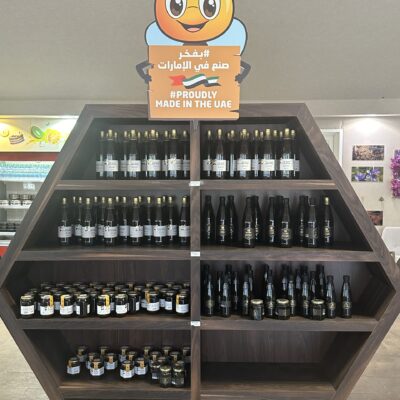
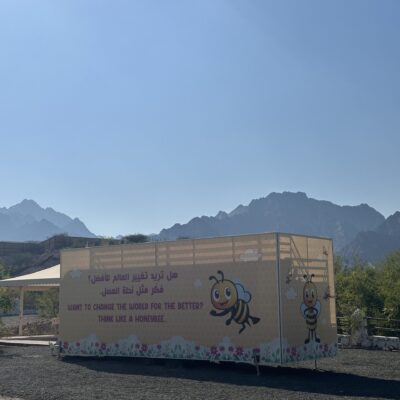
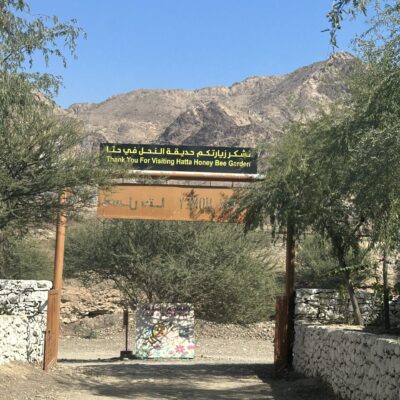
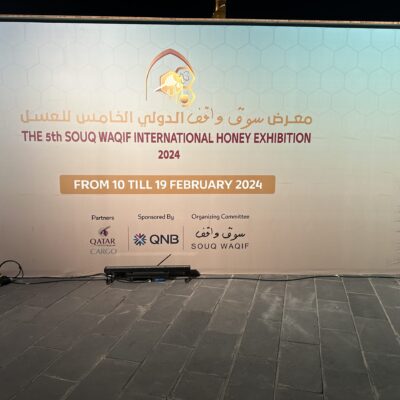
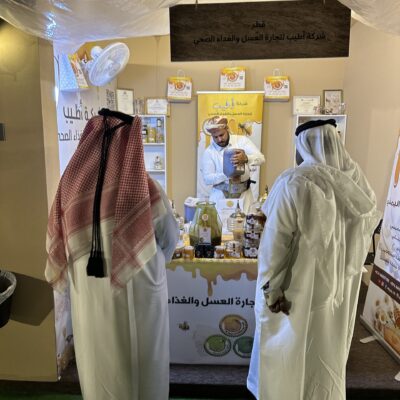
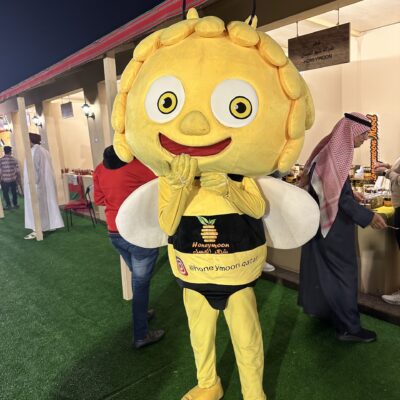
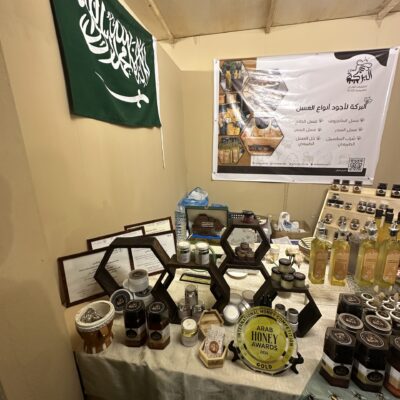
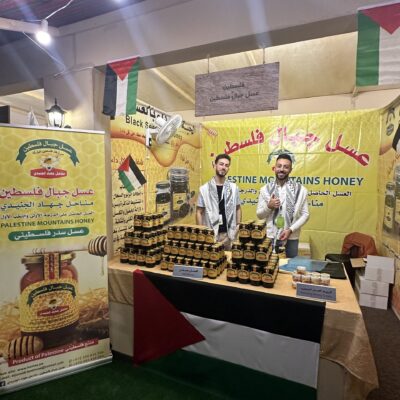
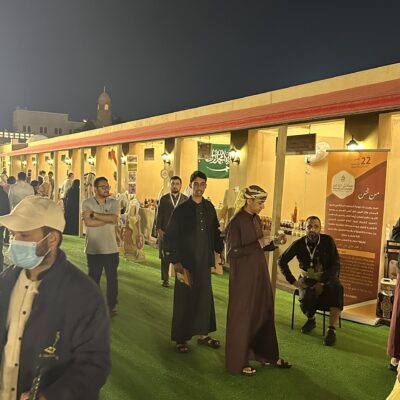
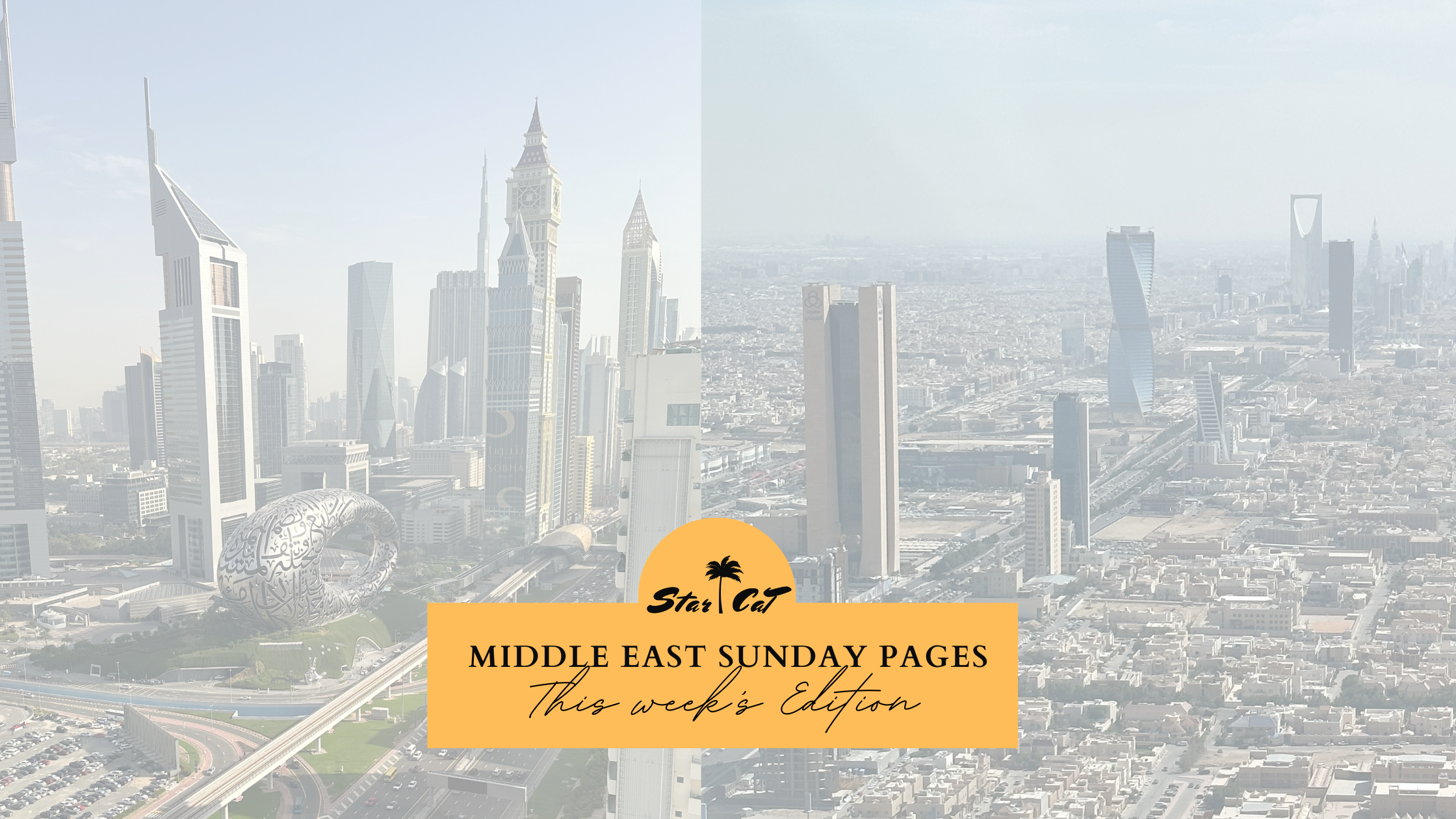


Yes Corina…Honey was consiredered since ancient Aegyptian times, as a medicine, together with onions and garlic
Thanks for sharing